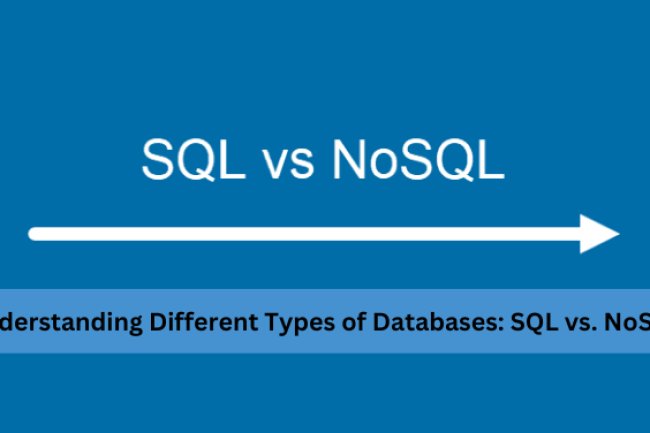Demystifying Machine Learning: Unraveling the Magic Behind the Technology of Tomorrow

In today's rapidly advancing world, technology is the driving force behind many groundbreaking innovations. One of the most transformative technological developments in recent years is Machine Learning (ML). Although the term may sound intimidating to some, it is essentially a method of teaching computers to learn from data and make decisions without explicit programming. In this blog, we will demystify the magic behind Machine Learning, explore its applications, and understand how it impacts our daily lives.
1. Understanding the Essence of Machine Learning
Machine Learning relies on algorithms and statistical models to enable computers to learn patterns from data and make predictions or decisions. By feeding large amounts of data into these models, they iteratively improve their performance, making them more accurate and effective over time.
2. The Pillars of Machine Learning
A) Supervised Learning: This is the most common type of Machine Learning. It involves training a model on a labeled dataset, where the input and output are explicitly provided. For example, teaching a model to recognize handwritten digits by showing it labeled images of digits from 0 to 9.
B) Unsupervised Learning: In this type of ML, the model is given an unlabeled dataset and is expected to find patterns or structures within the data without explicit guidance. It is often used for tasks like clustering similar data points or reducing the dimensionality of the data.
C) Reinforcement Learning: Inspired by behavioral psychology, reinforcement learning models interact with an environment and receive feedback in the form of rewards or penalties based on their actions. Over time, they learn to take actions that yield the highest rewards.
3. Real-world Applications of Machine Learning
A) Natural Language Processing (NLP): ML enables computers to understand, interpret, and generate human language. This has led to the development of virtual assistants like Siri and chatbots that make customer support more efficient.
B) Image and Video Analysis: ML algorithms are used to analyze and recognize objects, faces, and activities in images and videos. This technology powers facial recognition systems, self-driving cars, and security surveillance.
C) Healthcare: Machine Learning has immense potential in revolutionizing healthcare. From diagnosing diseases through medical imaging to predicting patient outcomes, ML algorithms are paving the way for more accurate and personalized treatments.
D) Finance: Banks and financial institutions leverage ML for fraud detection, algorithmic trading, credit risk assessment, and personalized financial advice.
4. Challenges and Ethical Considerations
While Machine Learning has opened up new frontiers, it also brings some challenges and ethical concerns. Bias in data and models, lack of transparency in decision-making, and data privacy issues are some of the critical areas that require attention.
5. The Future of Machine Learning
Machine Learning is still in its infancy, and its potential is far from being fully realized. The future holds exciting possibilities with advancements in areas like Quantum Machine Learning and Explainable AI.
Machine Learning is undoubtedly one of the most transformative technologies of our time. Its applications span across various industries, impacting our lives in ways we couldn't have imagined a few years ago. However, with great power comes great responsibility, and as we continue to develop and deploy ML systems, it is essential to address the ethical challenges to ensure a positive and inclusive future. Embracing Machine Learning responsibly will unlock its full potential and lead us into a new era of unprecedented innovation and progress.
What's Your Reaction?















